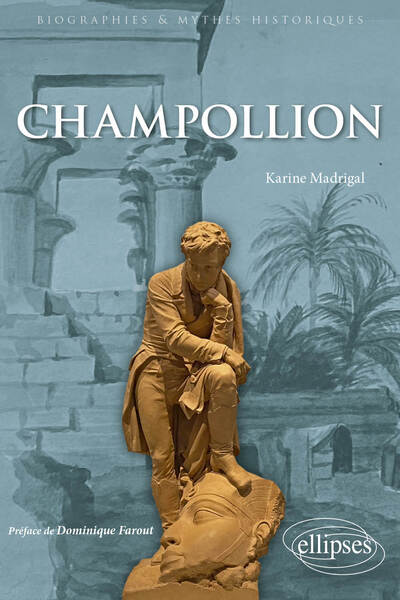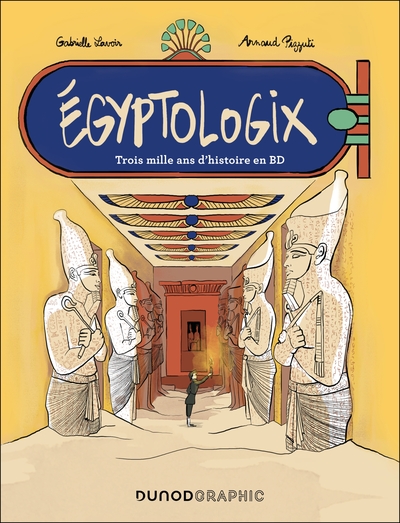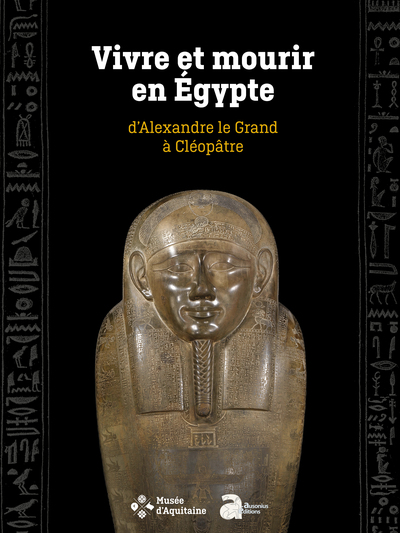- Search
- Advanced search
Akhenaten & Tutankhamun. Revolution and Restoration, 2007, 208 p., 180 ill. coul. -
Egypt's 18th Dynasty, a period of empire building, was also for a short time the focus of a religious revolution. Now called the Amarna Period (1353-1322 BCE), after the site of an innovative capital city that was the center of the new religion, it included the reigns of the heretic Pharaoh Akhenaten and his presumed son, the boy king Tutankhamun. Three Penn Egyptologists examine the concept of royal power and demonstrate how Akhenaten established, projected, and maintained his vision of it. They investigate how and why this unique pharaoh made fundamental changes in the social contract between himself and his subjects on one side, and between his new solar god, the Aten, and himself on the other. The authors also look at the radical religion, politics, and art, he introduced to Egypt as well as at the consequences of his actions after his death, including how his successors, most notably, Tutankhamun, Egypt's most famous pharaoh, dealt with the restoration of traditional ways. Why did this reversal take place? Could a youth effect such changes without significant help? In concise and readable form, this generously illustrated volume takes a fresh approach to a most fascinating period in Egyptian history. It deals with such topics as the evolution of Akhenaten'As ideology and the concepts surrounding the foundation, construction, and use of his innovative city and its unique palaces, temples, and houses. Egypt'as empire, the role of its women, its relations with other nations of the ancient world, and the remarkable place both Akhenaten and Tutankhmun hold in history are also among other issues discussed. An epilogue recaps how Amarna's modern discovery helped solve the mysteries surrounding this city, its unique founder, and the aftermath of his revolution.
Référence : 33735.
English
51,00 €
In the same Epoch
New

26,00 €
New

19,90 €
New

25,00 €

